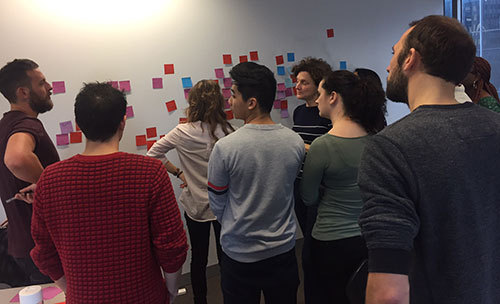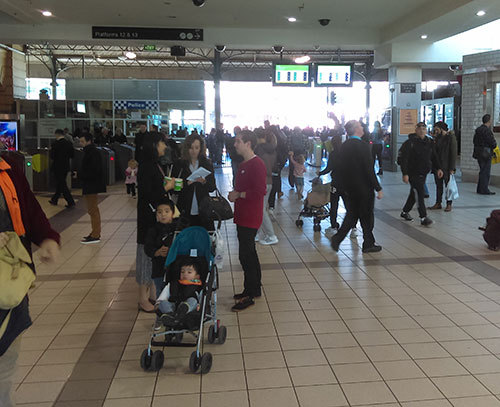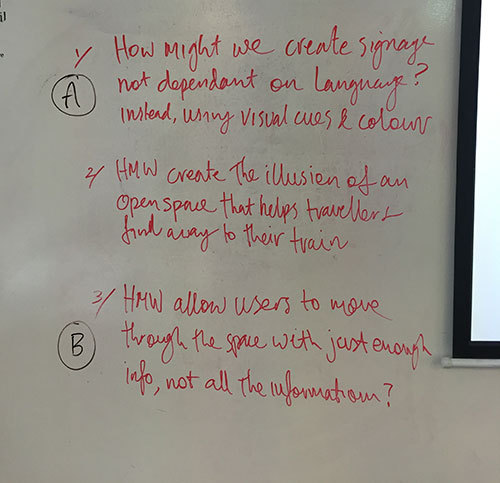HCD in the Wild
Overview
Josh Smith, Fabian Renkan and myself got talking about the UX, CX & Service design jargon flying around the industry. Our concern was that many short courses and accreditations were adding to the confusion.
We decided to create our own short course to explain UX, CX & Service Design methods, through solving ‘real world’ business and customer problems.
Problem definition
We wanted to avoid the approach of running through a set of prescribed activities like ‘This is how you design a prototype’. Instead allowing space for real life insights to shape the thinking and approach the students wanted to focus on.
Our end goal was that students would finish this course with a more wholistic understanding of what human centred design really meant.

Target Audience
We didn’t want to make the content too inaccessible. It catered for beginners but we could also easily tailor the activities for those with more experience.
Responsibilities
My partners and I shared the responsibilities for creating the course. From the first discussion where we white boarded out a rough course outline and timings, we split up the content creation and facilitation amongst the three of us.

Process
We all had experience delivering this type of content before. Whether it was previous formal teaching environments or client engagement work.
The approach we took was to split up the content with engaging workshop activities as we went and then allowing time for students to reflect and discuss their results together. Everyone had the opportunity to understand the lessons as we moved through the end to end design process.
It was very important to us that the students had that week break in between the 2 days as well. We wanted them to have time to think about their ideas, try some things out and give themselves time to experiment. This was a key point of difference.

Results
The feedback we received on the course was really positive. Students were especially happy about having a ‘real world’ problem to solve and we have to thank Alexandra from PTV for that. Without her willingness to contribute her time on a Saturday morning to brief the class we would not have had as much engagement from the students.
They successfully demonstrated an understanding of:
- Client briefing and project kickoff techniques
- Research prep and planning
- Conducting user research interviews
- Insights gathering and synthesis
- Generative design thinking and assumption busting
- Focus questions and ideation techniques
- Rapid prototyping and testing
- Feature prioritisation and planning
- Pitching and presentation techniques.
On reflection
I think we successfully distilled a rapid end to end design process into a 2 day long intensive experience. At least, we feel confident that we demonstrated to our students what a human centred design process really meant. With this experience I hope we inspired them to continue their learning in this space.